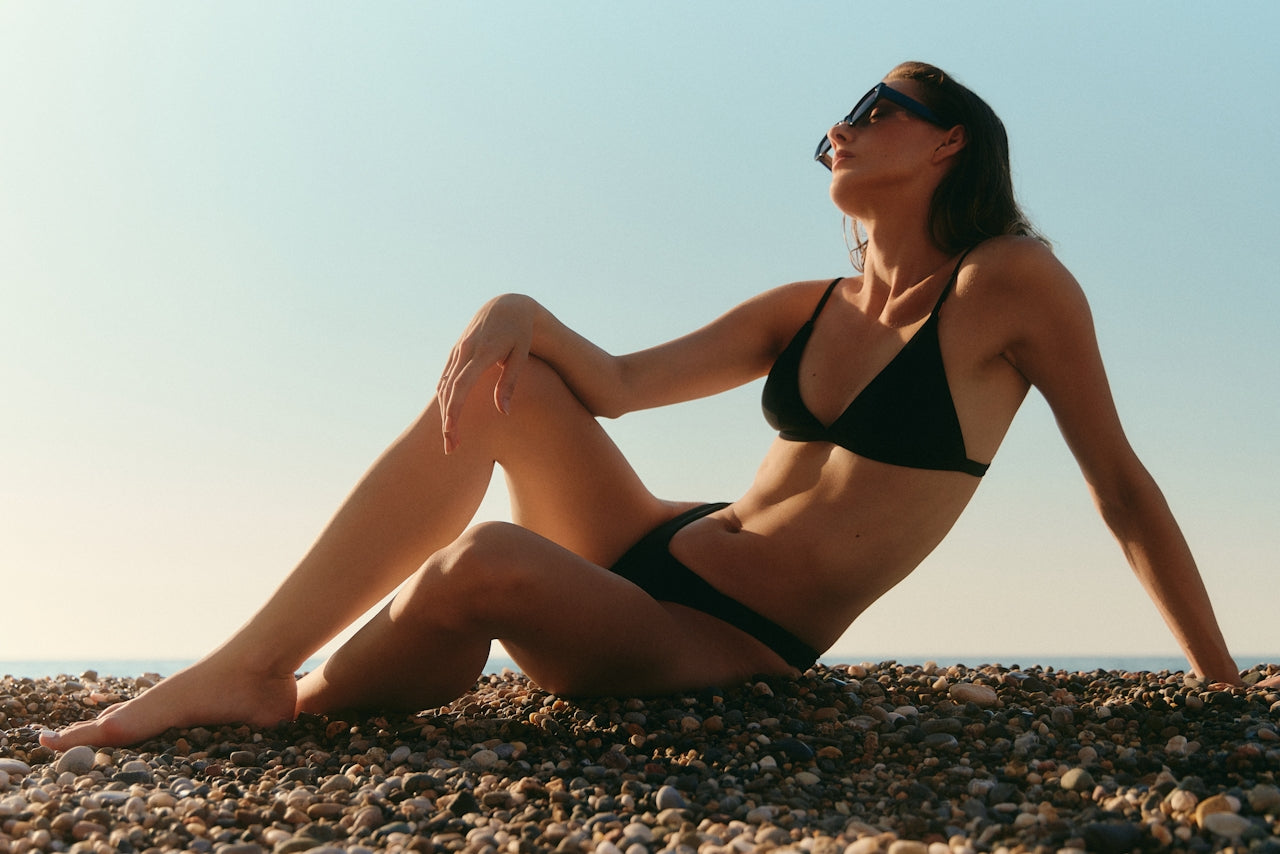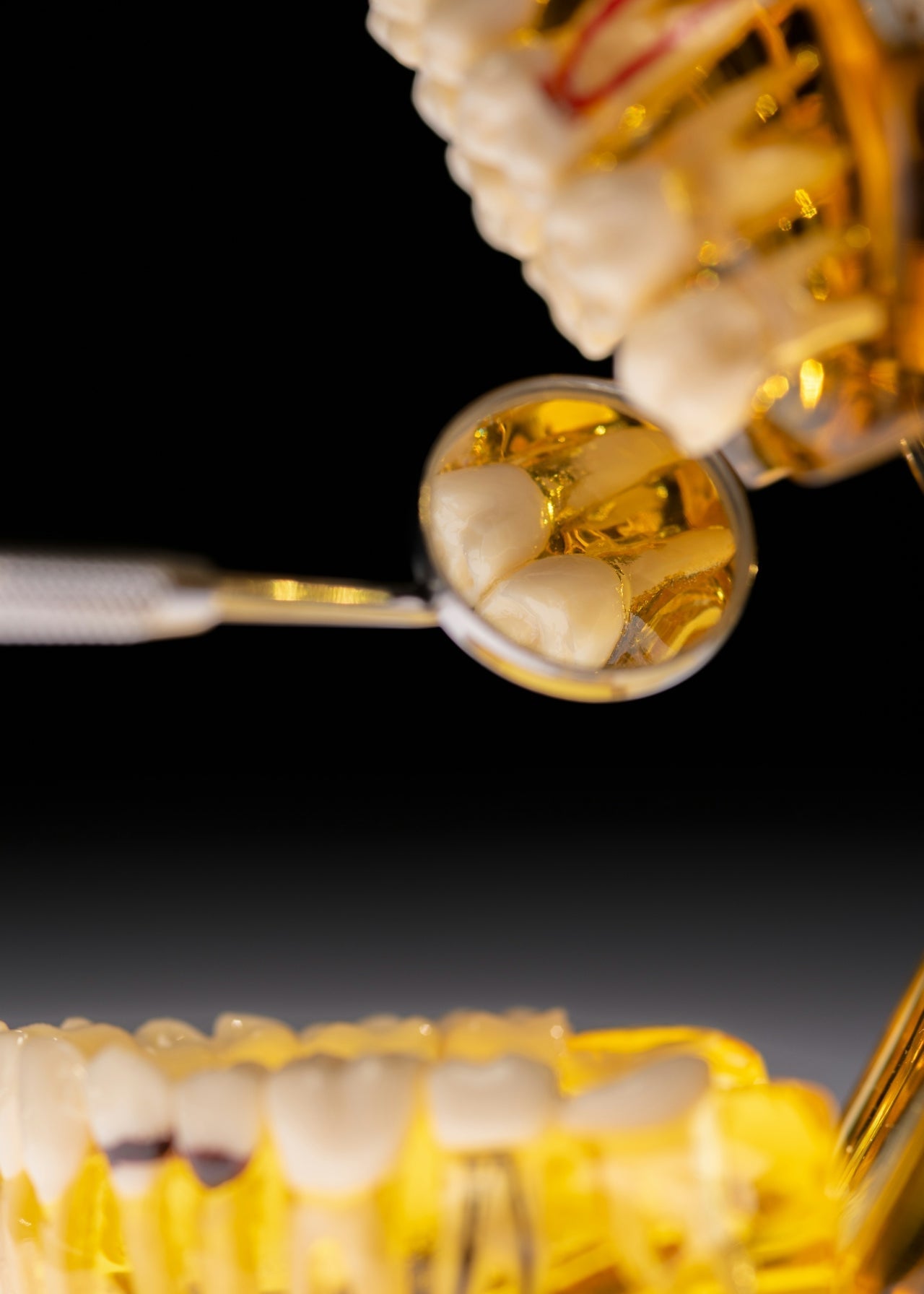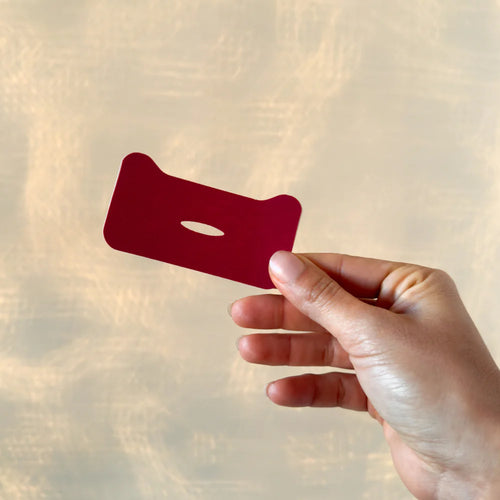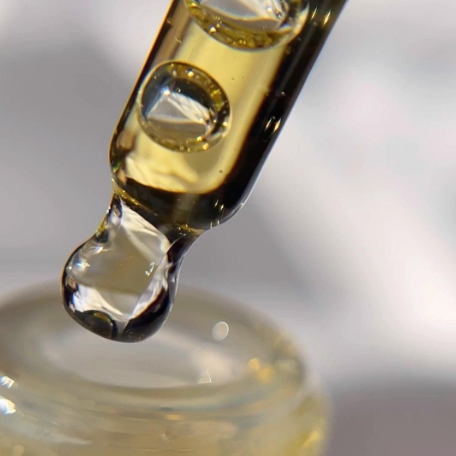The Sun, Friend or Foe?
The sun. Without it, we would literally not be here at all. Our planet and all life depend on the sun to survive and thrive.
So how can it be that something so vital has become so controversial and feared?
There can be too much of a good thing and then also not enough of a good thing. So let’s talk about how you can safely enjoy the health-promoting properties of sun exposure without the pitfalls.
But first, the benefits.
- Vitamin D Production. One of the most vital compounds in the body, vitamin D, is a hormone that regulates various functions, including hormone production, immune health, cardiovascular, bone, and dental health, among many others. The sun is our primary and best source of vitamin D.
- Circadian Rhythm and Sleep. Our exposure to the sun helps to regulate our sleep-wake cycle. Getting sun exposure early in the day, every day, is one of the best ways to set the stage for a good night’s sleep.
- Immune Health. Not only does the vitamin D generated by the sun increase our immune system, but sun exposure also increases the ability of our immune system’s fighter T cells to fend off pathogens and diseases.
- Increased Blood Flow. The sun increases nitric oxide production in the body, which positively impacts our cardiovascular system. Nitric oxide widens blood vessels and arteries, increasing blood flow and the delivery of nutrients to the tissues and organs of the body. This can help to reduce blood pressure and improve well-being and physical performance.
- Optimized Hormones. Exposure to sunlight is thought to increase the brain’s release of a hormone called serotonin. Serotonin is associated with boosting mood and helping a person feel calm and focused.
Other benefits include improved cognitive function, eye health, and mood.
So how do we safely enjoy these benefits while mitigating skin cancer risks and sun damage?
Get the right amount of exposure at the right time of day:
- Early morning sunlight. This will not only help to set your circadian rhythm to a balanced sleep/wake cycle, but it is also rich in infrared light that can help protect the skin from the stronger rays of the sun later in the day. Going out before 10 AM is best for sleep benefits.
- When going out midday – This is the best time for vitamin D production but don’t overdo it. Spending 10-20 minutes, depending on your skin type, during those peak hours is enough for most people. Aim to go out daily for short periods so that your skin adapts slowly to the sun, instead of spending hours and hours tanning only on the weekends.
- Eat these foods to protect your skin: Certain plant and animal foods have a protective effect against sun damage. Polyphenols and carotenoids are the nutrients that do the most work. Berries, red wine, cooked tomatoes, carrots, pastured egg yolks, salmon, and shrimp are excellent sources of these edible sunscreens.
- When using sunscreen, choose wisely: When getting brief exposure, as mentioned above, some may choose to forgo the sunscreen as long as they are not being burnt and don’t have any previous medical history that would require it.

